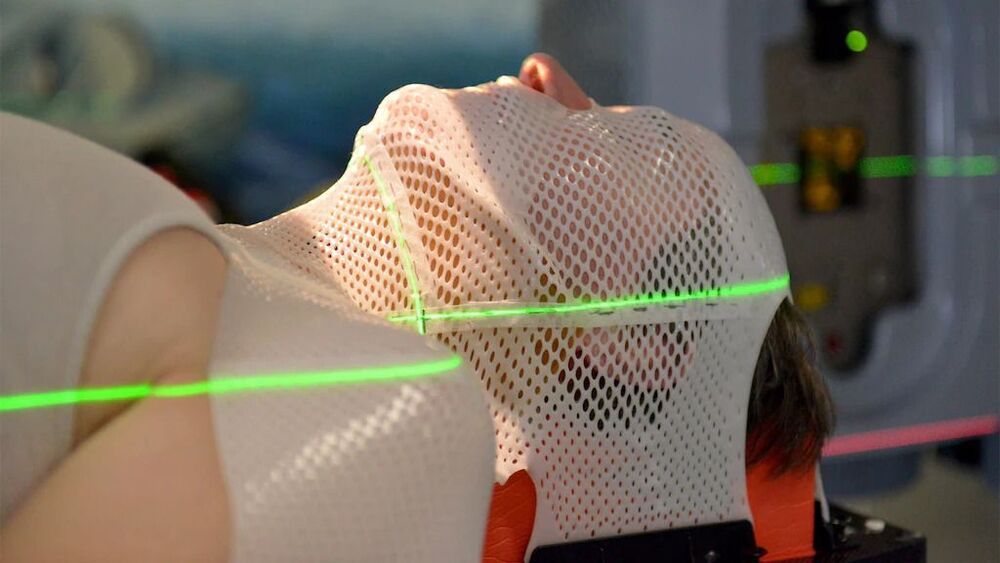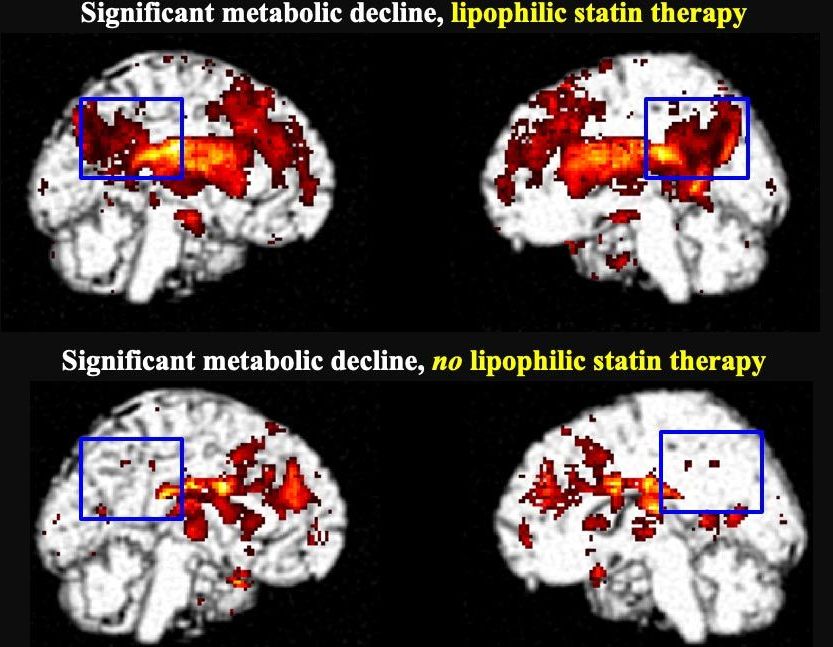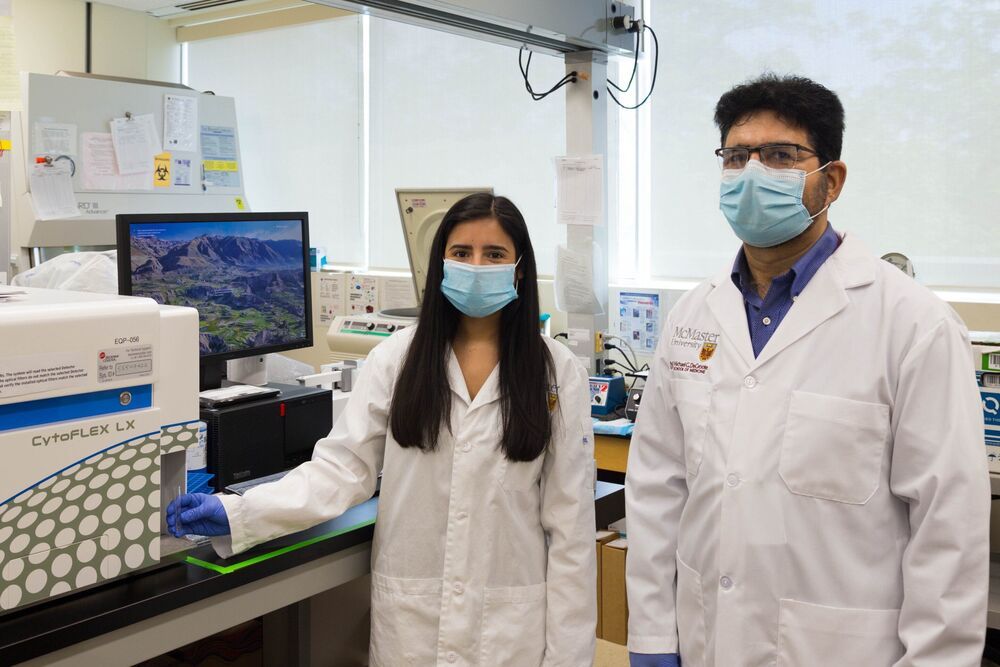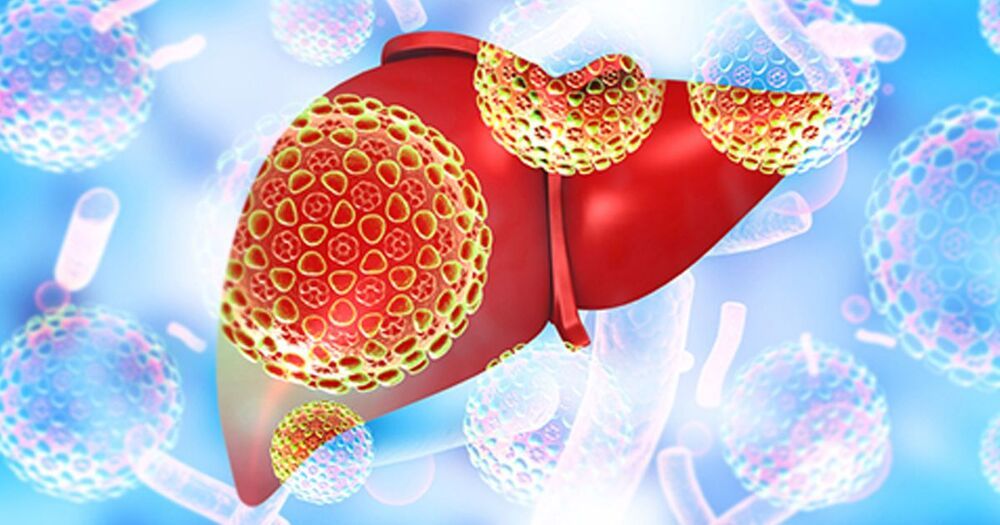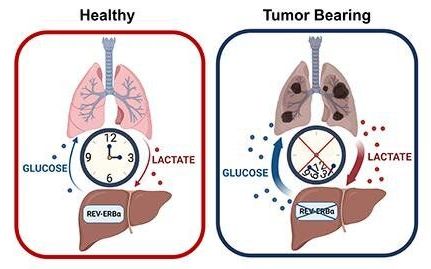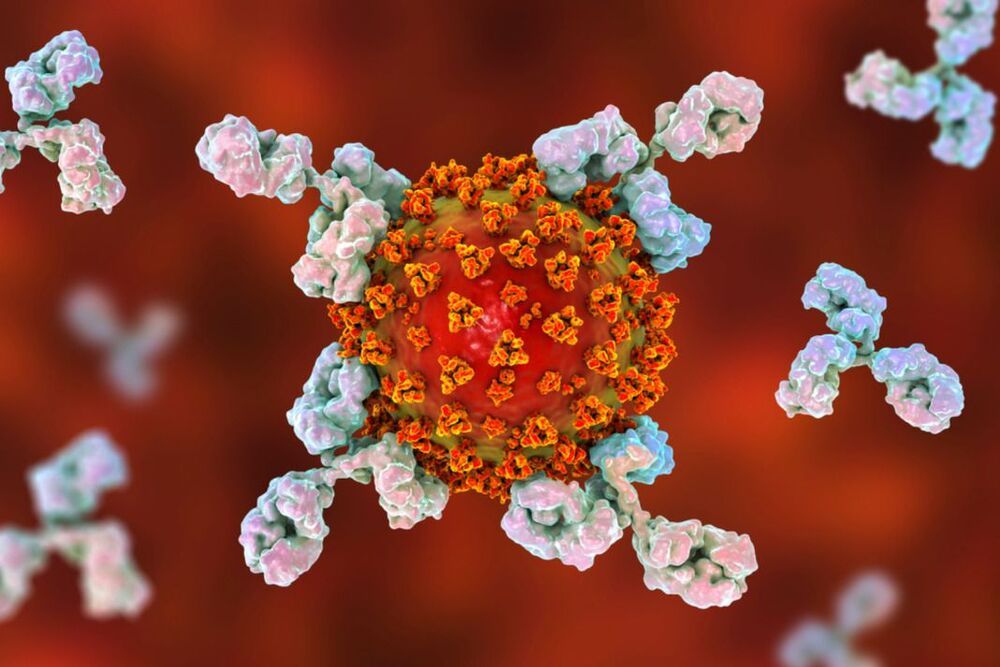Scientists have revealed a fascinating new design for an incredibly tiny, inflatable spinal cord implant, suited for treating severe chronic back pain that doesn’t respond to medication.
The inflatable electronic device is part of a spinal cord stimulator (SCS) setup, a type of well-established therapy that delivers mild electric currents to a person’s spinal cord via implanted electrodes. That current is sent by a small, implanted pulse generator device, and the whole thing reduces pain because the electrical pulses help to mask pain signals traveling to the brain via the spinal cord.
If that all sounds rather invasive, that’s because it is. But this new device, designed by a team led by scientists from the University of Cambridge in the UK, could help to change that — with less invasive surgery requirements.

